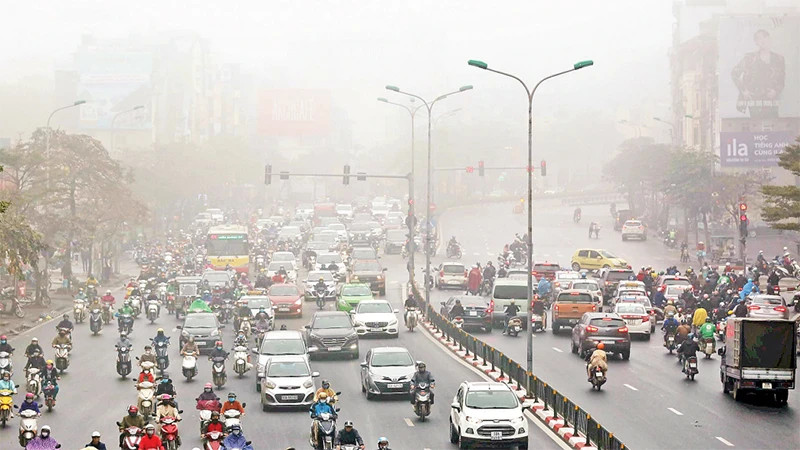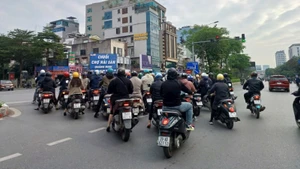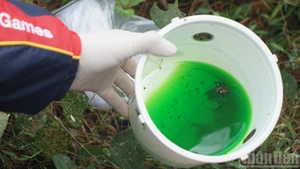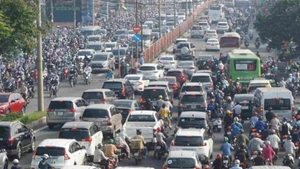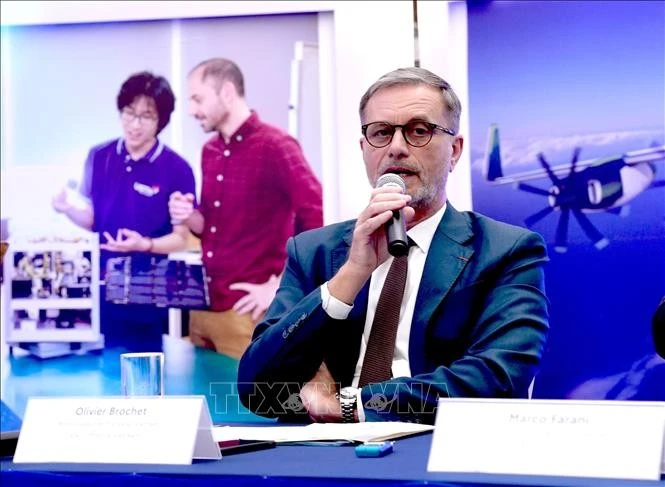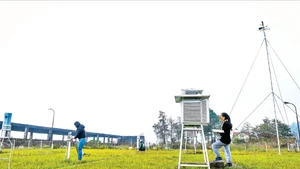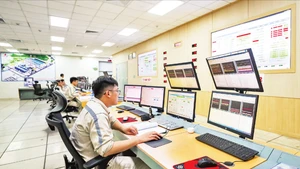From September 2024 to now, Hanoi has recorded numerous days with pollution levels among the highest globally. The Air Quality Index (AQI) has consistently been at red and purple levels, indicating poor and very poor air quality.
Pollution is increasingly spreading to suburban areas. For example, at 11 am on January 6, nine areas in Hanoi recorded AQI levels in the poor range, and three areas were rated as unhealthy, namely Van Ha Commune (Dong Anh District) with an AQI of 194, Minh Khai Ward (Bac Tu Liem District) with 184, and Soc Son Town (Soc Son District) with 164.
Notably, at 9:30 am on January 7, Hanoi was the most air-polluted city in the world, with an average AQI of 278. Even Tay Ho District, known for its relatively good environment, recorded its highest AQI levels ranging from 352 to 386, reaching the hazardous range.
The AQI, which measures air quality, ranges from 0 to 500. Health experts recommend that when the AQI is poor (151-300), people should limit outdoor activities and wear masks to prevent fine dust (PM2.5) from entering the body. The primary sources of air pollution and fine dust are emissions from vehicles, construction sites, industrial plants, and craft villages.
In response to this severe pollution, Hanoi has been implementing several measures, such as eliminating over 99% of coal stoves, reducing 80% of rice straw burning in suburban areas, shutting down hundreds of traditional brick kilns, piloting emissions testing for old motorbikes, increasing the inspection of polluting industrial facilities and construction sites, and regularly cleaning streets.
To reduce environmental pollution and create safe air zones under the Capital Law, in December 2024, the Hanoi People’s Council passed a resolution setting criteria, conditions, procedures, and processes for establishing low-emission zones (LEZ) in the city.
Based on this resolution, the Hanoi People’s Committee will identify LEZs. Once established, the city will impose stricter emission standards for vehicles, including banning cars and motorbikes with long service years within the zones. The city will also monitor and handle emissions violations, implement vehicle transition solutions, and ensure appropriate traffic management to prevent congestion in LEZs, maintaining them as environmentally safe zones.
The city has also outlined a roadmap for implementing LEZs. From 2025 to 2030, pilot LEZs will be set up in selected areas in the districts of Hoan Kiem and Ba Dinh, while encouraging other districts in the inner city to establish low-emission zones.
Building LEZs in Hanoi is seen as the “key” to improving air quality. However, given the alarming pollution levels, the city must expedite other emission reduction measures, such as limiting road and pavement excavation during the year-end period when there is low wind, little rain, and fog, which traps pollutants in the lower atmosphere.
The city will also strictly control construction projects and vehicles transporting construction materials and waste while increasing environmental sanitation efforts, regularly cleaning streets, and watering to reduce dust. Relocation of craft production facilities located in residential areas and strict penalisation of polluting establishments will also be promoted.
Only through comprehensive and proactive measures can Hanoi residents be “rescued” from air pollution.
